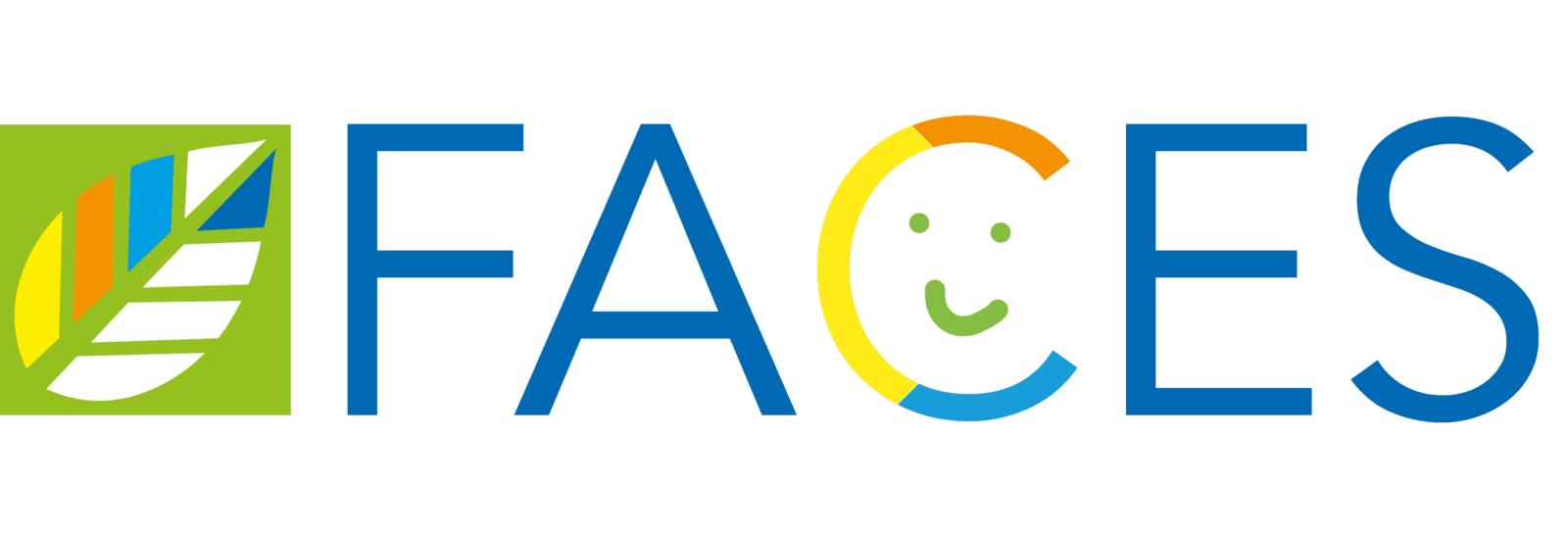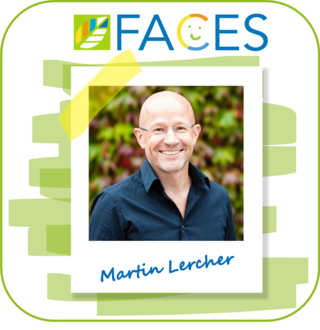

Five questions to Martin Lercher
Question 1
You work with theoretical models in research area 4 of CEPLAS. How can these models help to answer important questions in your research?
What interests me most at the moment is the distribution of resources. A plant or a bacterium can only produce a limited amount of proteins and other important components. What is – from the point of view of natural selection – the theoretically optimal distribution of these resources, and how does this agree with the actually observed distribution? In our models, we try to account for all factors we believe to be particularly important for this comparison. By contrasting predictions with reality, we hope to understand which important factors we might have missed. In addition, we can learn if our notion of how natural selection has influenced the evolution of these organisms is correct.
Question 2
Why did you choose the field of "Computational Biology" and is an early interest and good understanding of computer science a prerequisite to work in this field?
Until the end of my PhD, I worked in theoretical physics. After I had read Richard Dawkins’ book The Selfish Gene, I wanted to apply what I learned to biological questions. I talked to the local theoretical biologists in Cambridge and eventually followed Laurence Hurst to the University of Bath in Southern England. Laurence was one of the first who used the newly acquired genome sequences to answer evolutionary questions. I never had a strong interest in computer science in itself – it is a tool I have used in physics and later in biology. In Computational Biology, it is important to understand the biology, one needs to know what exactly to calculate or to simulate. The execution through computer science is then simply applied technology.
Question 3
You are committed to promoting young scientists and are introducing the new study program "Quantitative Biologie". Why is this work so important to you and why is an additional study program necessary?
With “Quantitative Biology”, we have introduced a study program which is simultaneously radically new and at the same time overdue. The first students will start in a few weeks. They will learn biology not in historically grown blocks – such as microbiology and botany – but they will immerse themselves in the foundational principles of biology from the start. We want to prepare the students optimally for a career in modern biological and medical research. Particularly important is the professional handling and analysis of large datasets and the analysis of computer models – topics that are barely touched upon in traditional biology programs.
Question 4
If you had the choice, which research question would you like to be able to answer?
What’s fascinating in biology is that there are so many interesting questions that are still waiting to be answered. If I could choose one, then it would be the one we are currently working on: can we understand the resource distribution in a cell, based purely on known principles of physics and biochemistry (in particular the kinetics of enzymatic reactions) and on what we know about the natural selection pressures that acted upon the cell?
Question 5
What's your favorite thing to do after work?
Most of all, I like spending time with my family and with friends. In addition, I like to play music. Finally, for the last couple of years, I have explored creativity in the sciences, together with my friend and colleague Itai Yanai. For example, we talk with international colleagues about their creative processes in our “Night Science” podcast.

Profile
Name:
Martin Lercher
Position:
Professor, Computational Cell Biology, Heinrich Heine University Düsseldorf
In CEPLAS since:
2012
Place of birth:
Cologne